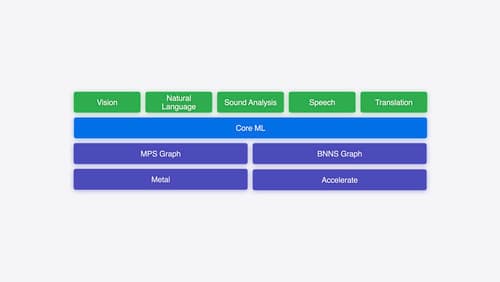How do I create a Lora model with Coreml?
Asked on 2024-08-02
1 search
To create a Lora model with Core ML, you can follow these steps:
-
Start with a PyTorch Model: Begin by defining and training your model using PyTorch. This involves setting up your model architecture and training it with your data.
-
Convert to Core ML Format: Use Core ML tools to convert your PyTorch model into the Core ML format. This can be done using the
ct.convertfunction, specifying the inputs, outputs, and any states if your model requires them. For example, if your model uses key-value caching, you would specify these states during conversion. -
Optimize the Model: Core ML tools provide various optimization techniques such as quantization and compression. You can use these to reduce the model size and improve performance. For instance, you can use the
CT optimizemodule to apply linear quantization to your model weights. -
Integrate with Core ML Framework: Once your model is converted and optimized, you can integrate it into your app using the Core ML framework. This involves writing code to load the model and run inference, leveraging the hardware acceleration provided by Apple Silicon.
Here are some relevant sessions and timestamps that provide more details on these steps:
- Platforms State of the Union (16:37): Discusses importing and running AI models on Apple devices, including the use of Core ML tools for conversion and optimization.
- Explore machine learning on Apple platforms (09:33): Covers the phases of deploying models on Apple devices, including training, conversion, and optimization.
- Bring your machine learning and AI models to Apple silicon (22:06): Provides a detailed example of converting a PyTorch model to Core ML format, including specifying states for key-value caching.
For a practical example and more detailed steps, you can refer to the session Bring your machine learning and AI models to Apple silicon (00:59).

What’s new in Create ML
Explore updates to Create ML, including interactive data source previews and a new template for building object tracking models for visionOS apps. We’ll also cover important framework improvements, including new time-series forecasting and classification APIs.

Platforms State of the Union
Discover the newest advancements on Apple platforms.

Explore machine learning on Apple platforms
Get started with an overview of machine learning frameworks on Apple platforms. Whether you’re implementing your first ML model, or an ML expert, we’ll offer guidance to help you select the right framework for your app’s needs.
